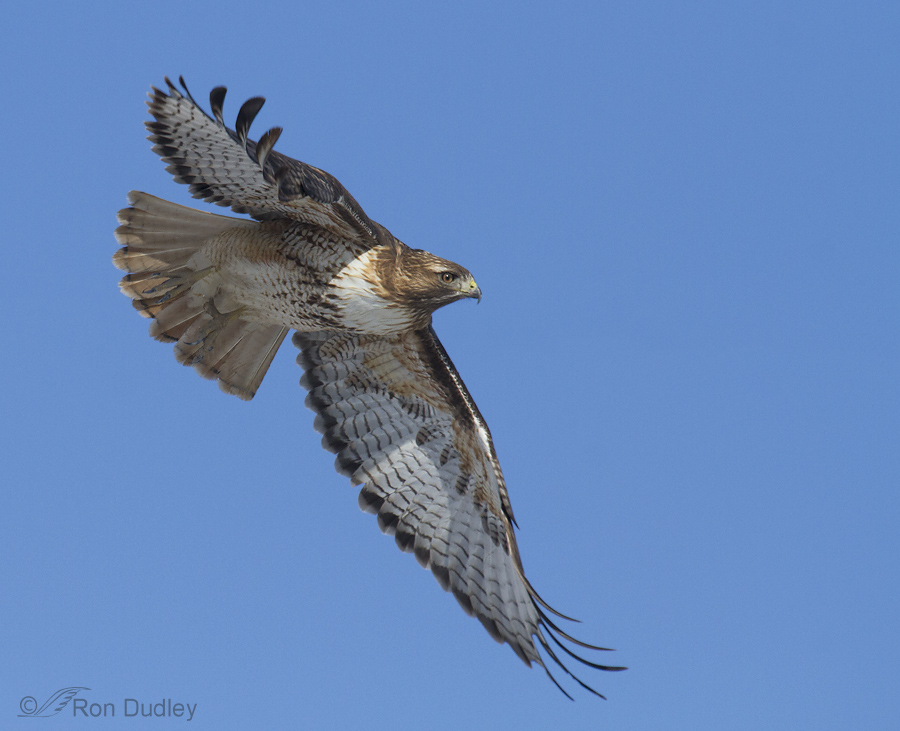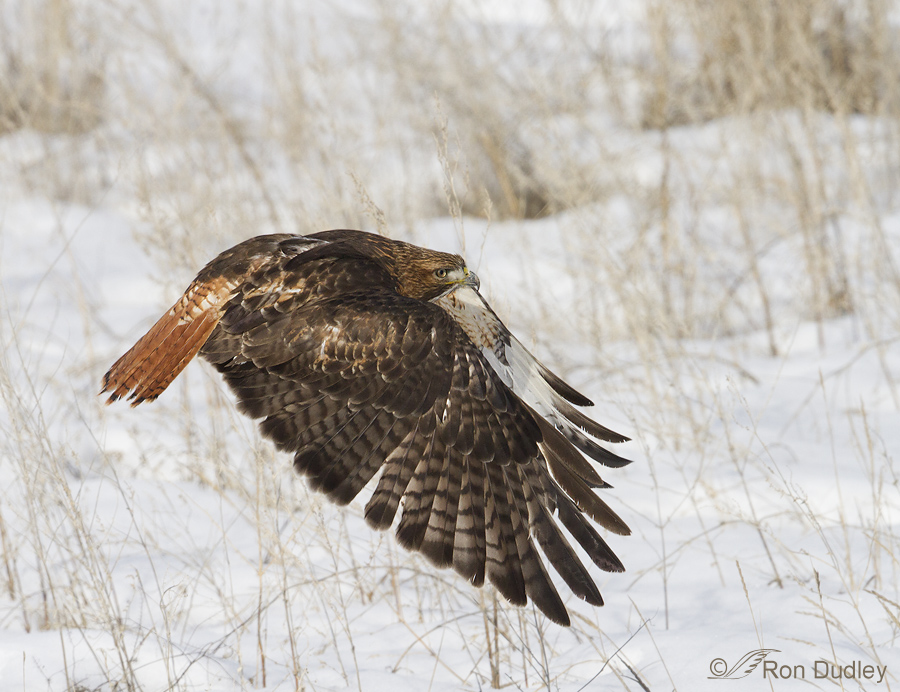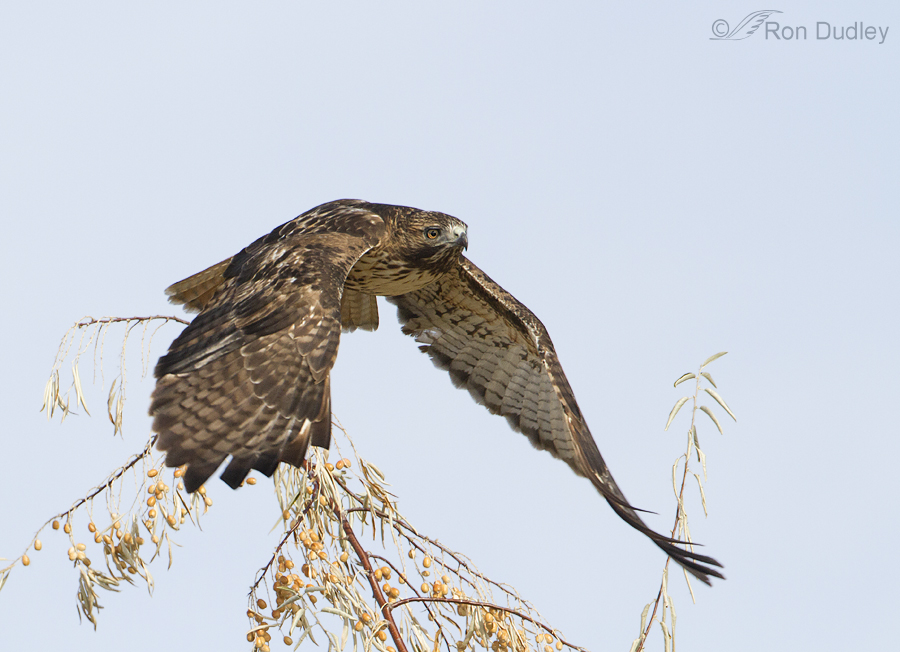Tag: red tailed hawk
Red-tailed Hawk “Pole Dancing”
Adult Red-tailed Hawk – Total Plumage
A Possibly Damaged Adult Red-tailed Hawk (and a lesson in jumping to conclusions)
Red-tailed Hawk In Difficult Shooting Conditions
Red-tailed Hawk Sucker-punched By A Kestrel
Juvenile Red-tailed Hawk Still Learning To Hunt
A Red-tailed Hawk And Opportunities Missed
Juvenile Red-tail Scratching An Itch In Flight
A Goofy-looking Red-tailed Hawk
You Never Know In What Direction A Raptor Will Take Off
Reminiscing About My Last Montana Camping Trip

My plan this morning was to make a simple, single image post but with a snowstorm predicted for today I began to reminisce about my last Montana camping venture and decided to take a trip down memory lane with this post. I hoped to make one last visit to Montana before winter set in but I’ve now faced the grim reality that it just isn’t going to happen. These images were all taken in mid-September in and near the Centennial Valley.
Is A Hawk Capable Of “Planning”?

I sometimes see hawks buried so deeply in trees that I can’t help but wonder how they’re going to fly out without injury or at least feather damage. They occasionally appear to “think” about their escape route just before take-off, which implies “planning”. Some images I took yesterday brought the question to mind once again – are hawks capable of “planning”?
West Desert Red-tail In Flight

Last month we ventured out into the west desert in an attempt to locate and photograph buteos and Golden Eagles. With the exception of one adult Red-tailed Hawk and a (mostly uncooperative) Golden Eagle who let us get close it was largely a frustrating morning.
The red-tail was perched in a tree that was swaying in the wind and it was quite entertaining to watch it rockin’ and rollin’ as it attempted to remain stable on its unstable perch.
Perch-hunting Red-tailed Hawk

Red-tailed Hawks in North America are “sit and wait predators” who do most of their hunting (60 – 80%) from elevated perches. Though they do hunt from the air, that is not their primary hunting style. In fact, availability of elevated perches is a key factor in determining their foraging distribution.
Antelope Island is largely treeless and without power poles so Red-tails tend to be found in specific locations on the island where elevated natural perches are available. One of their favorite foraging spots is an area where there are large outcroppings of Farmington Canyon Complex rocks jutting out from the side of a small mountain, which is where I found this bird hunting voles












